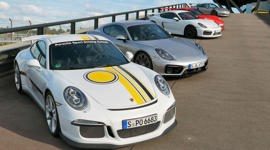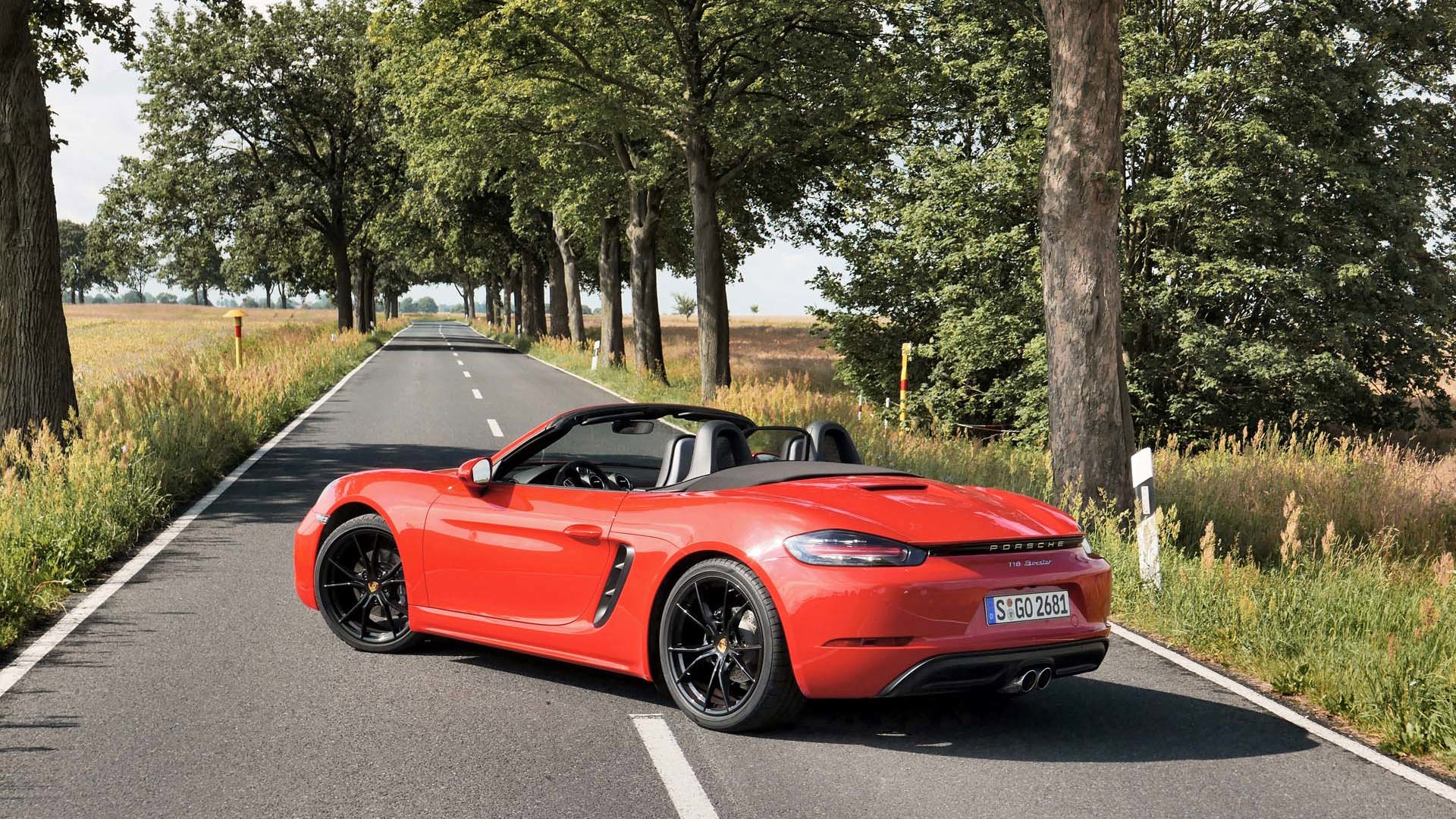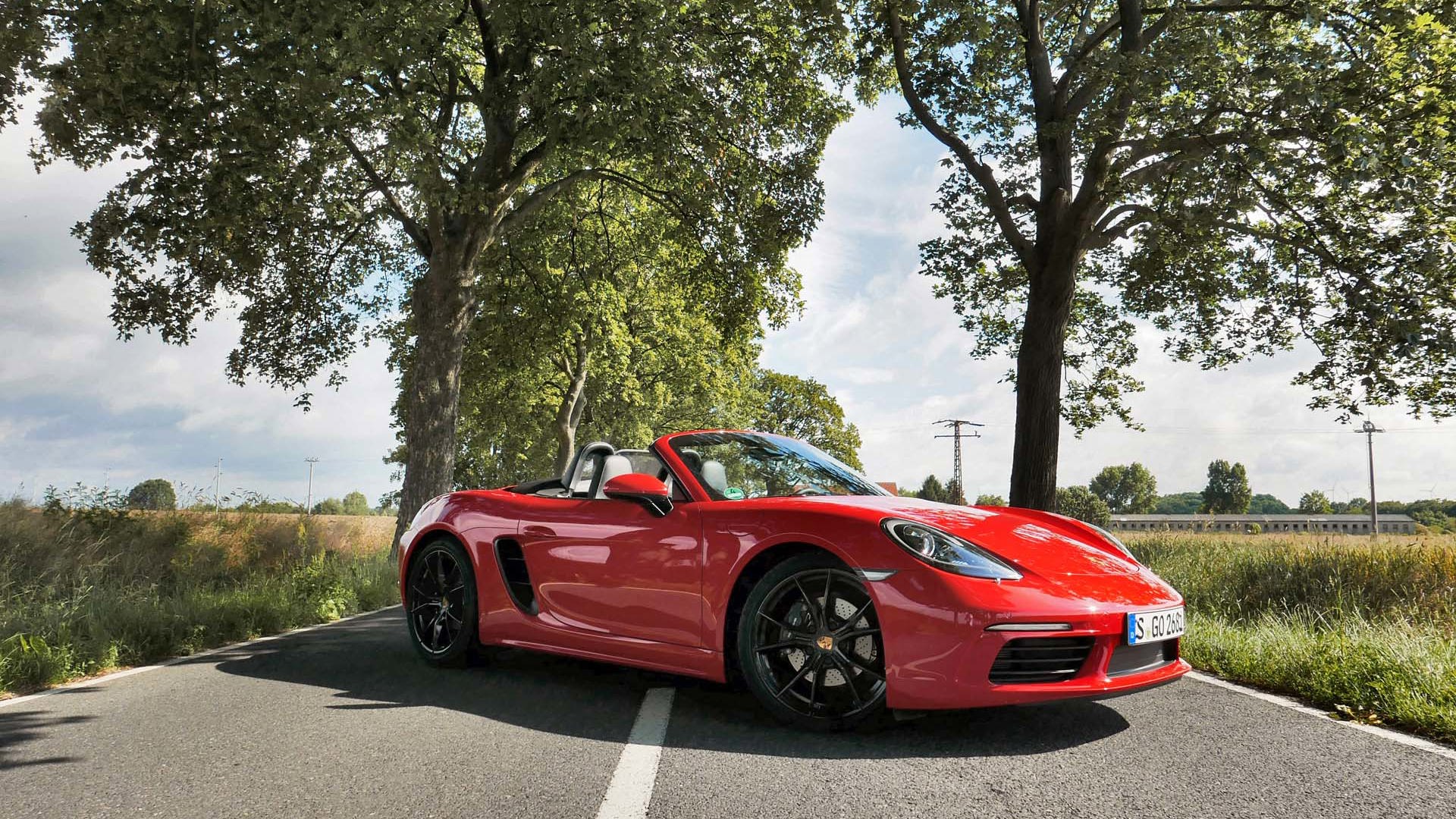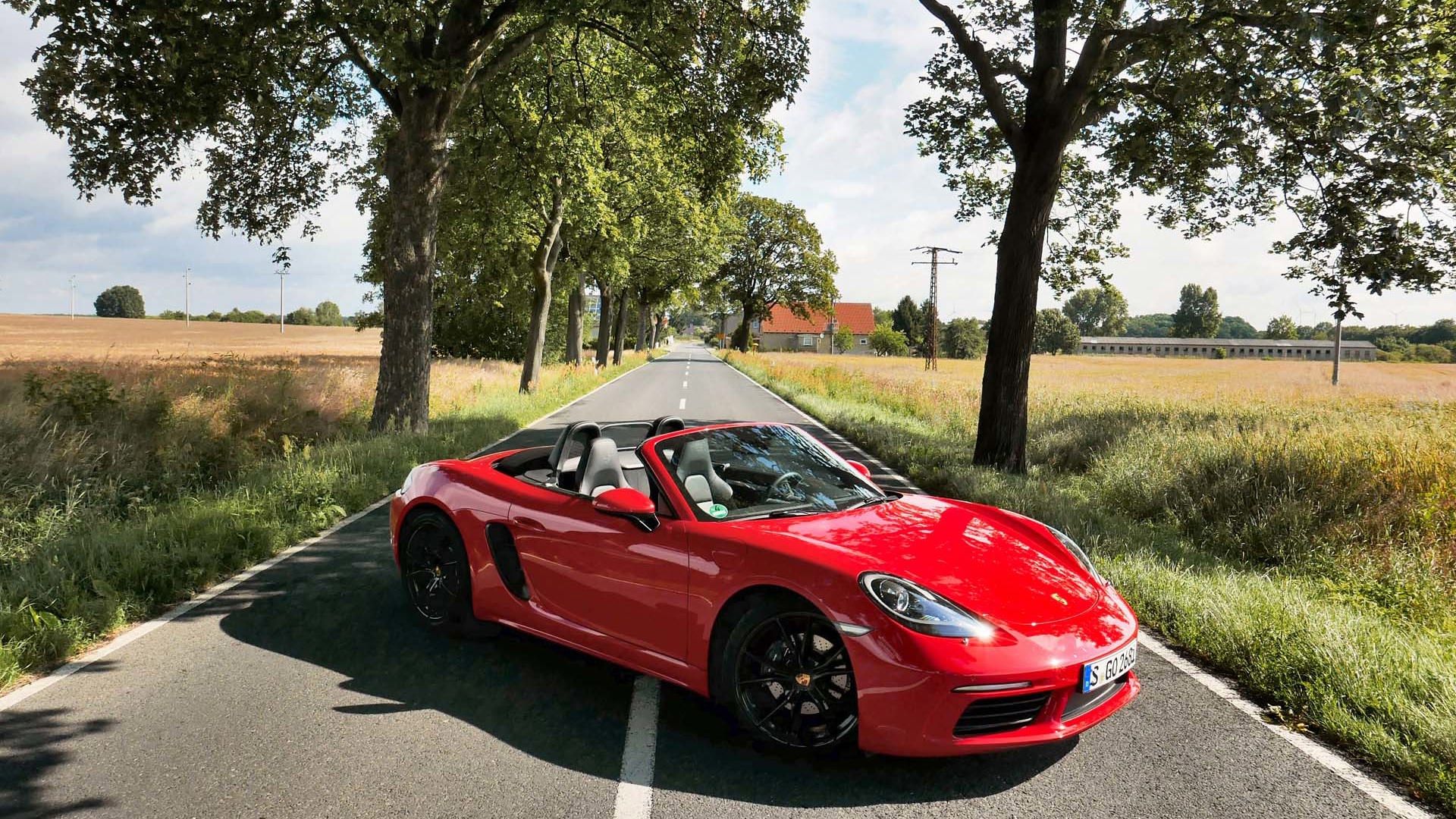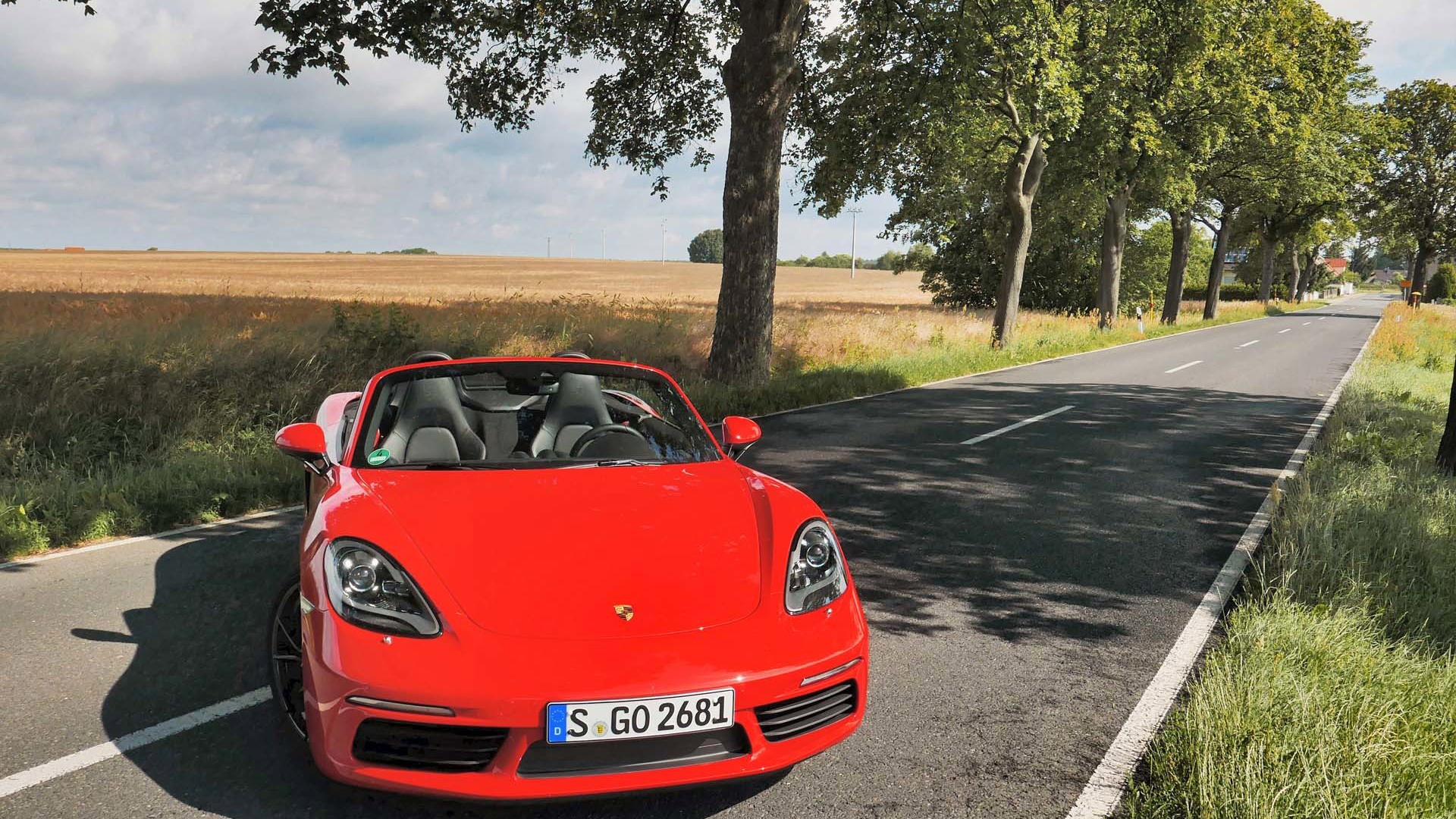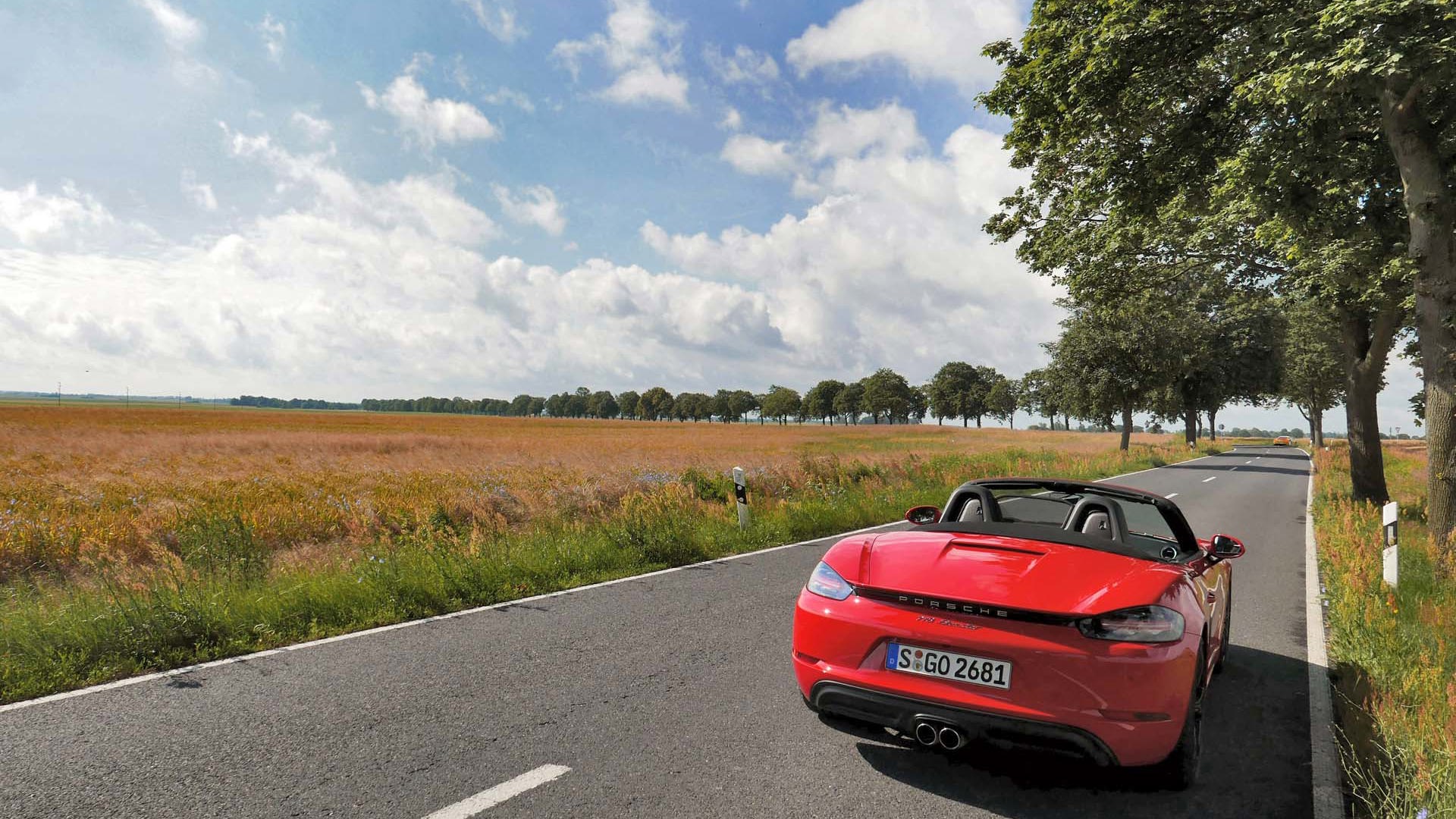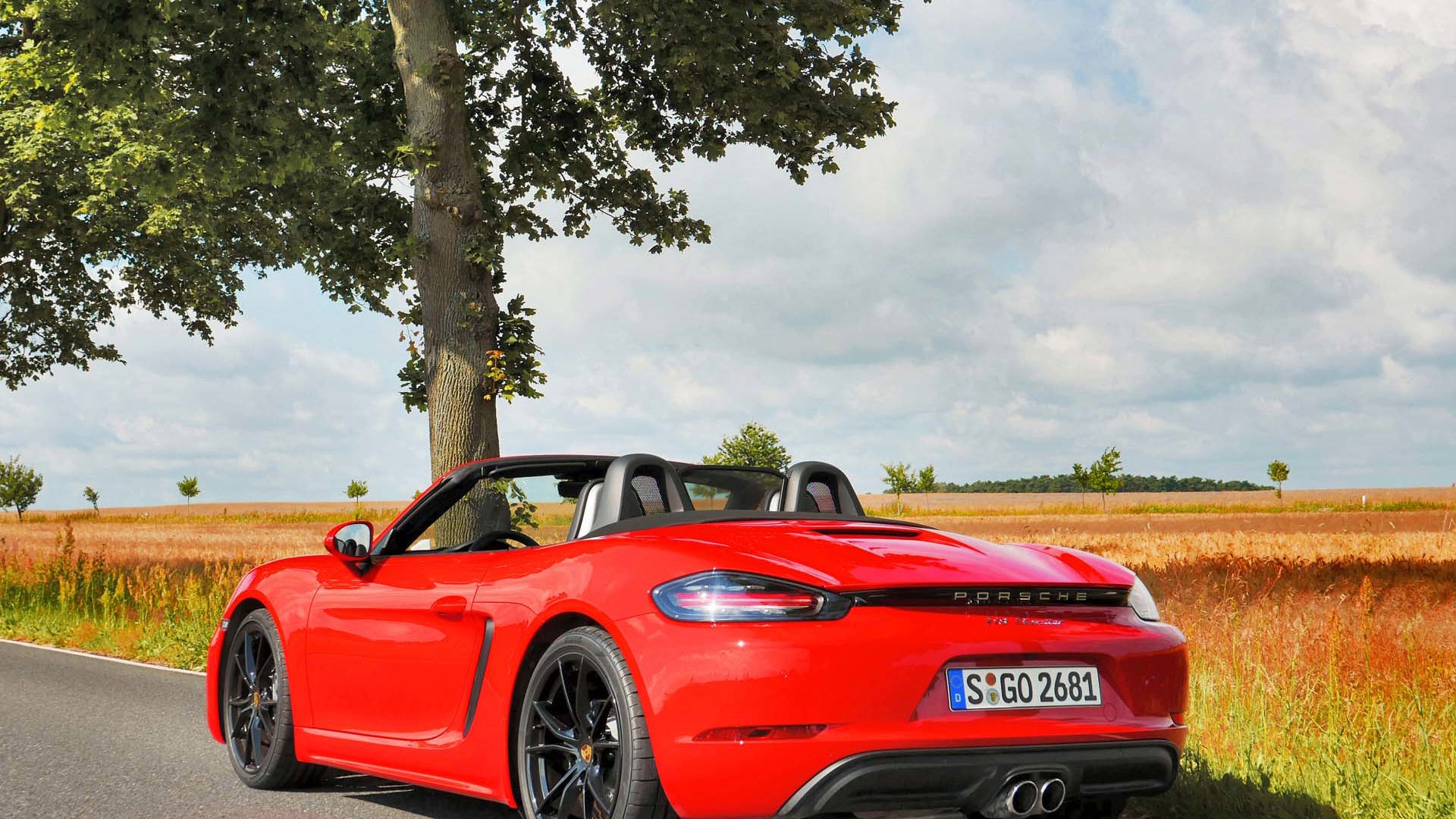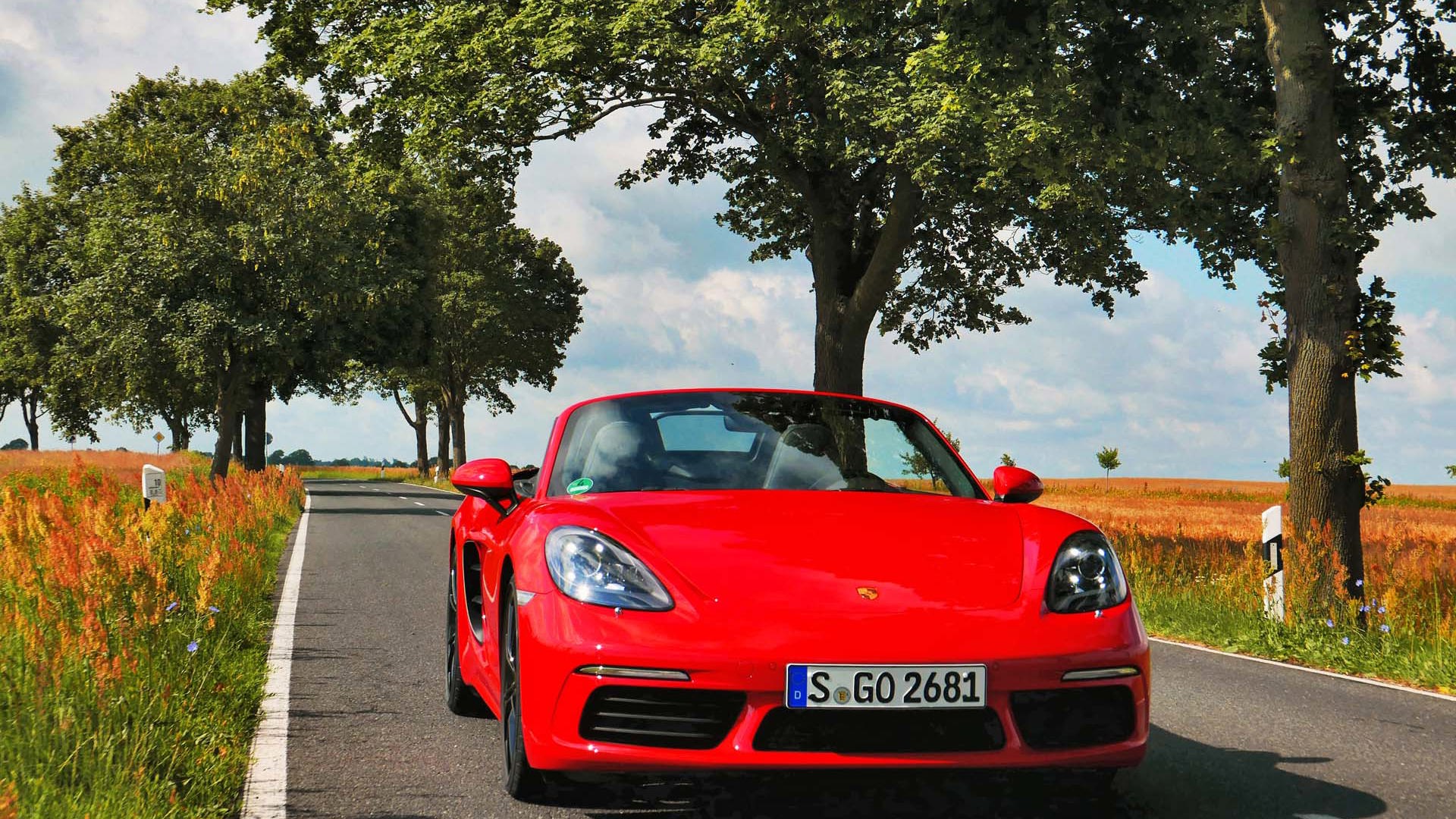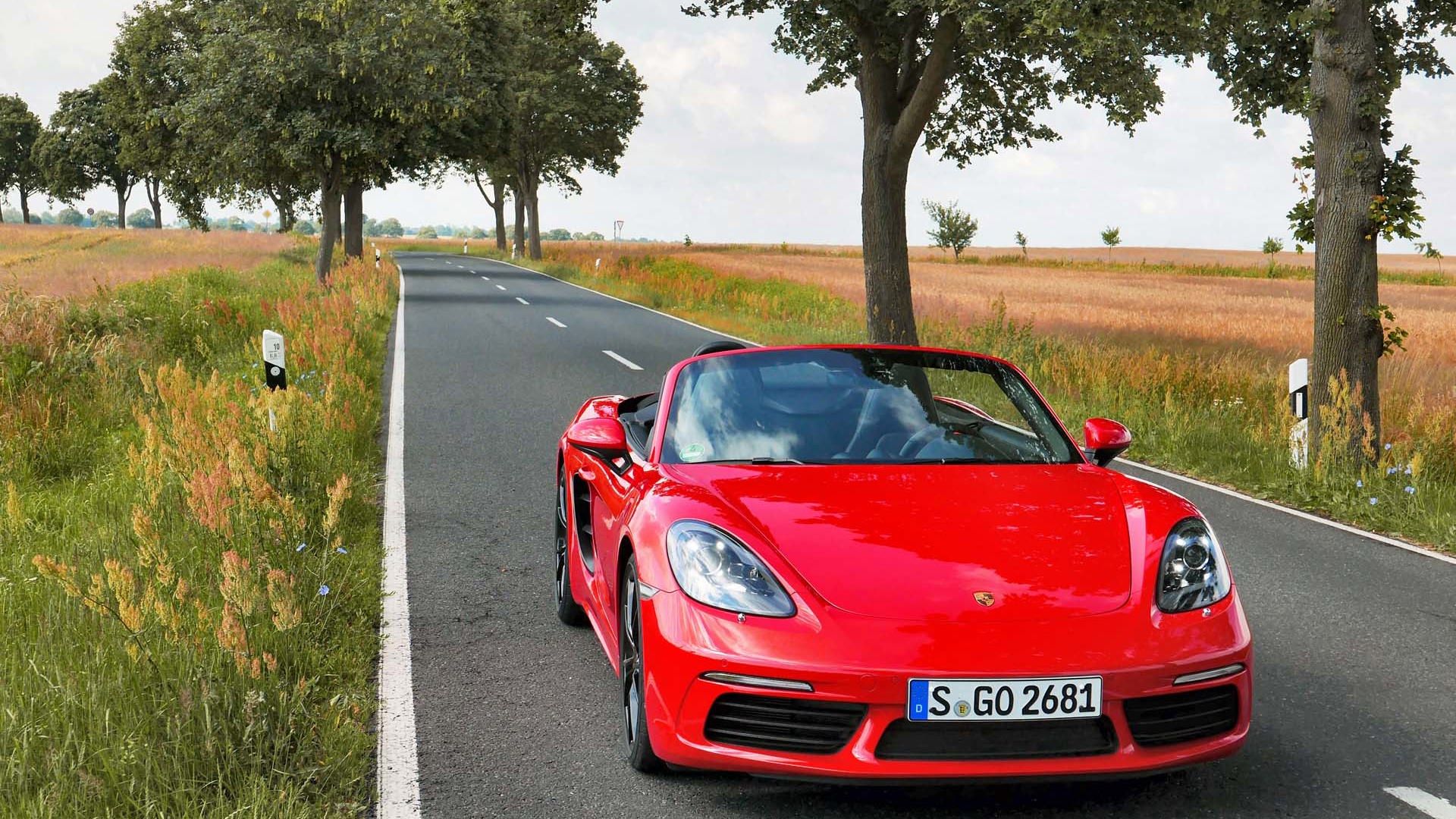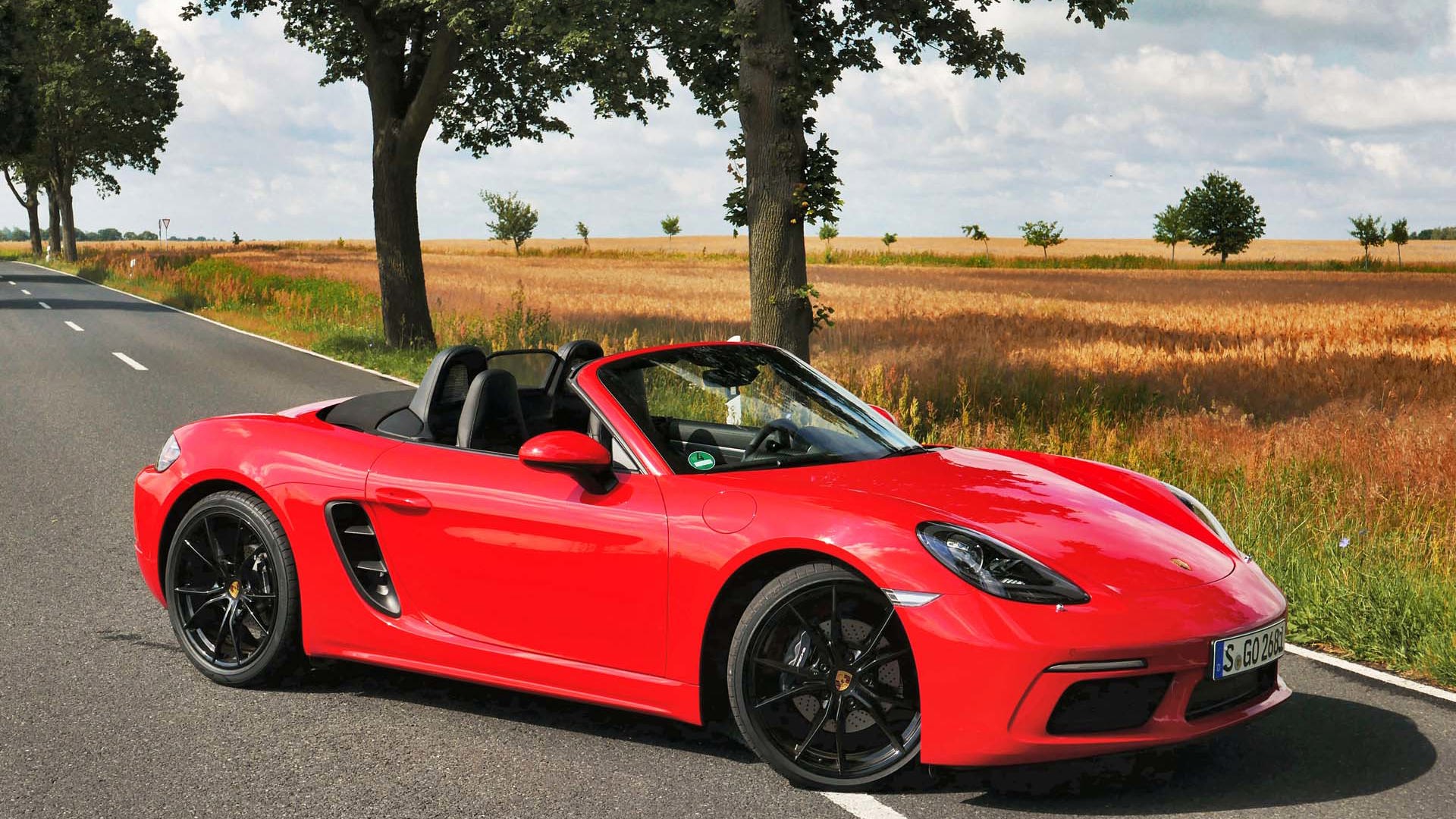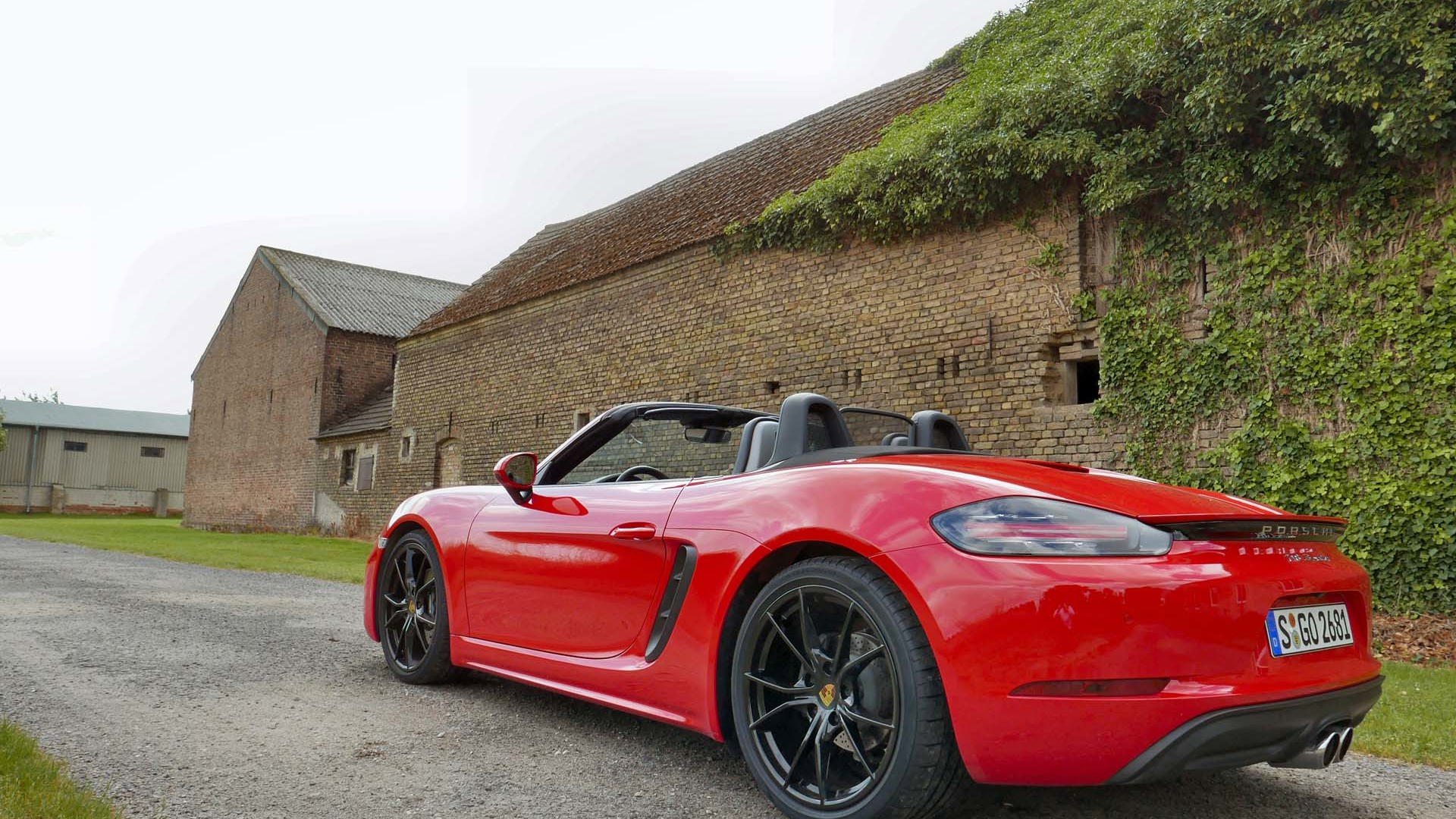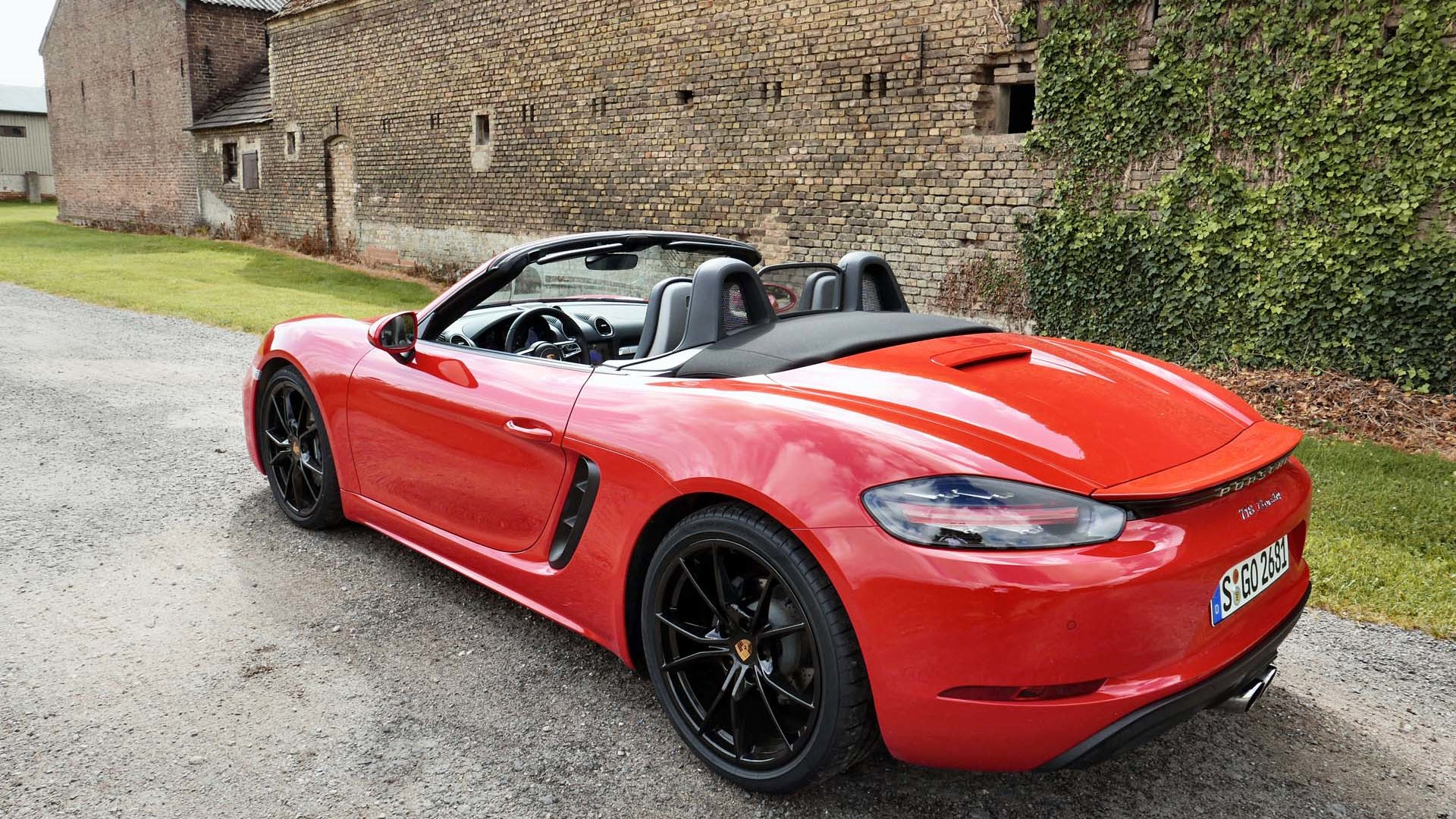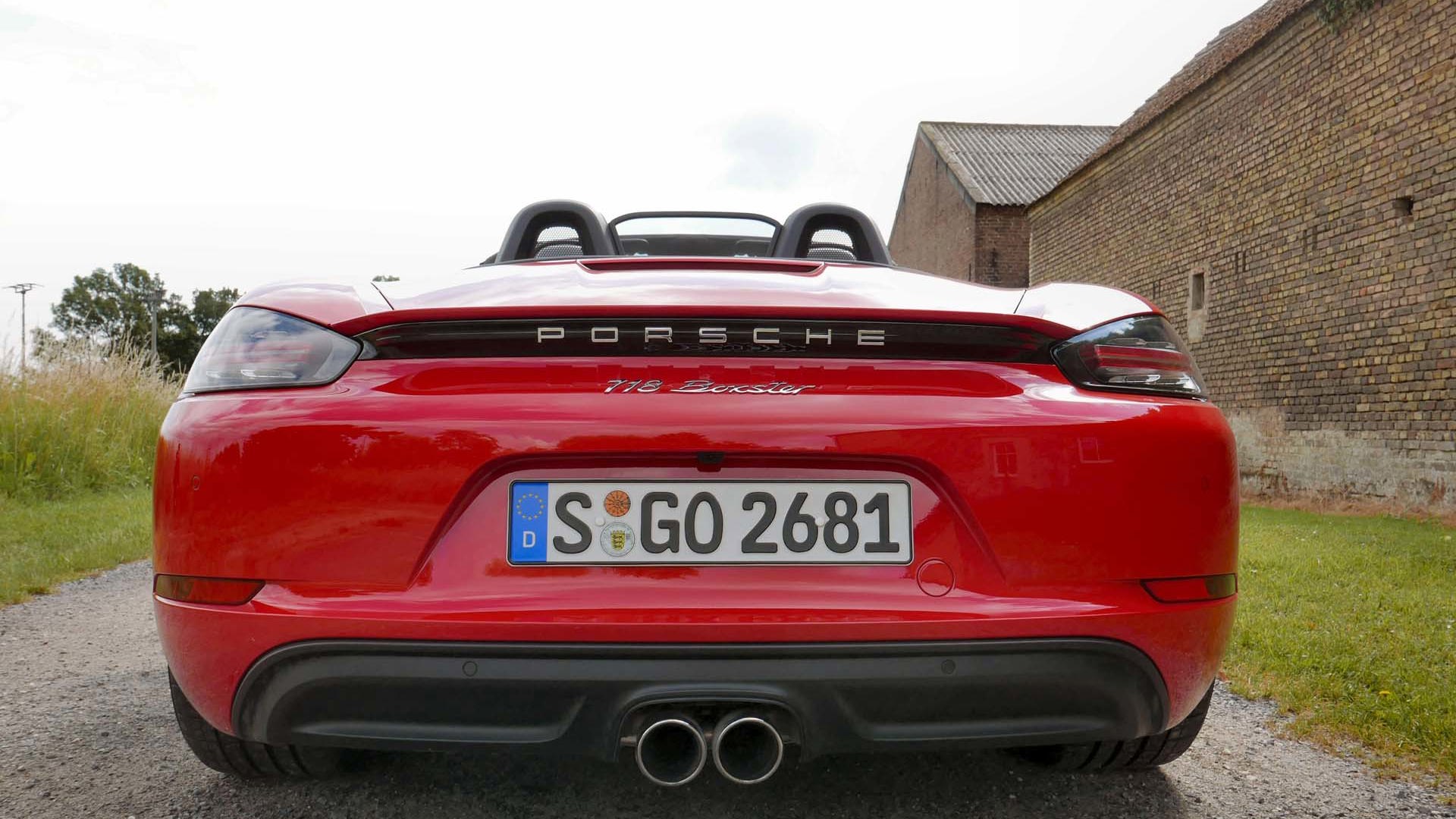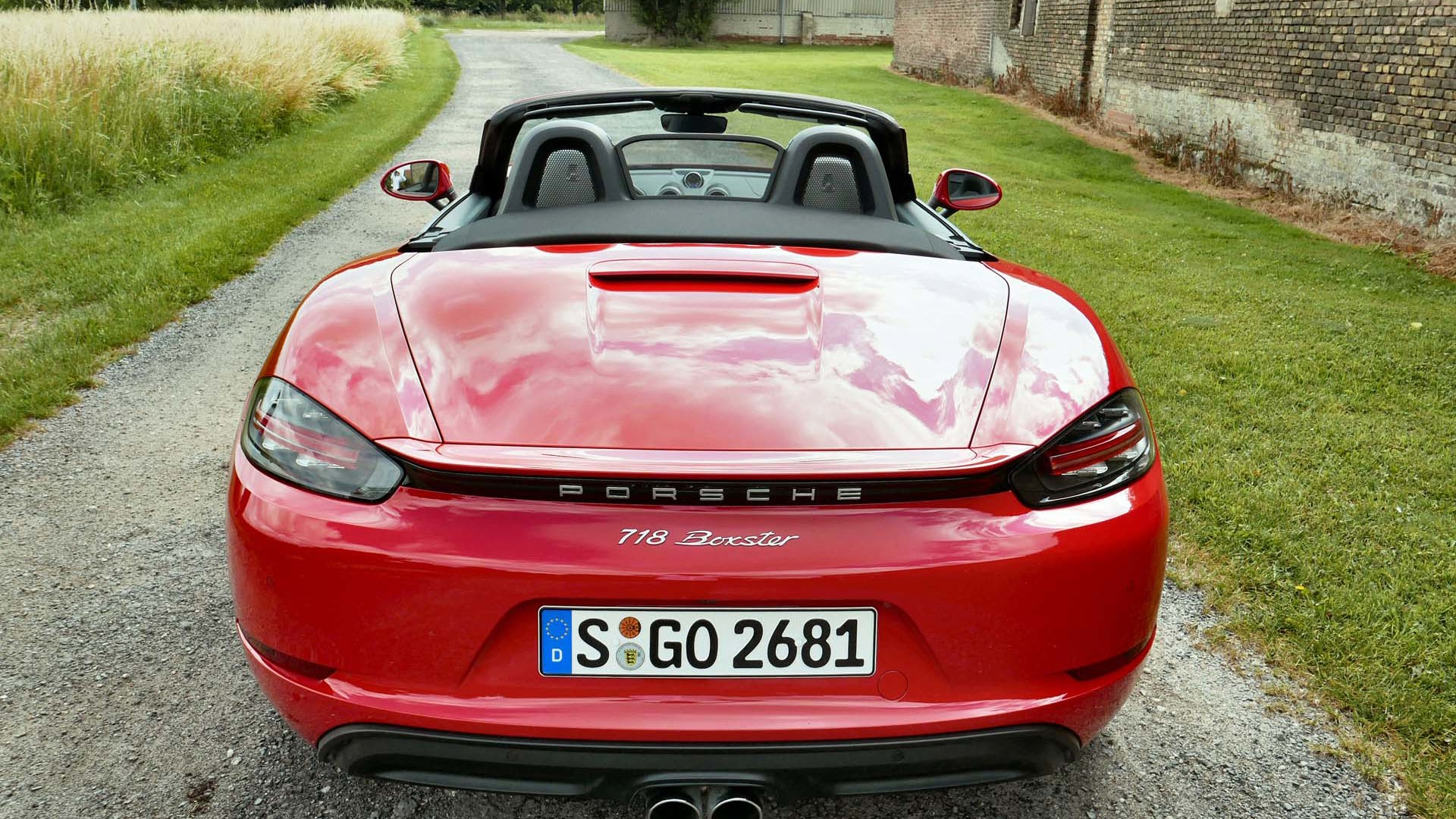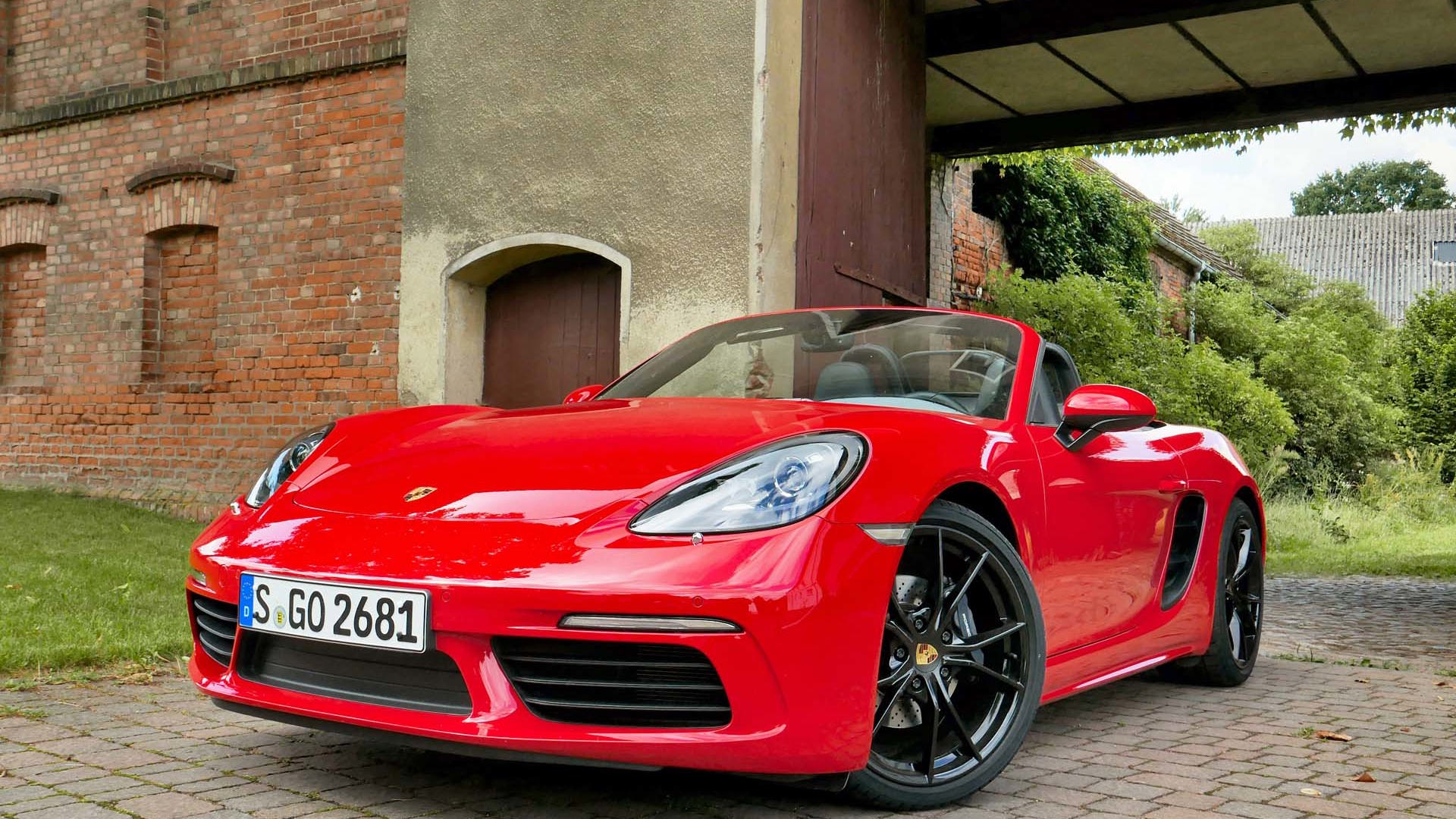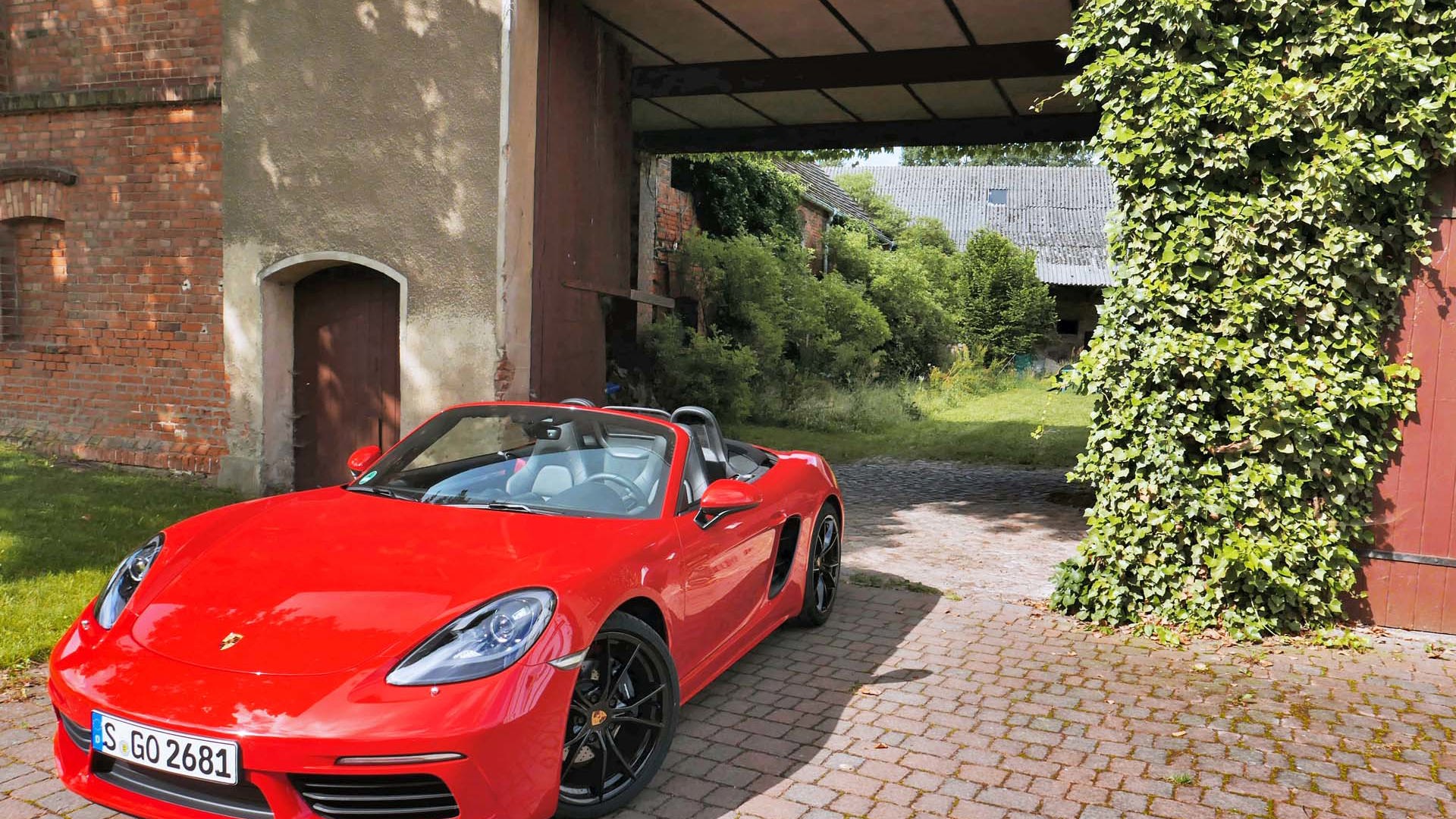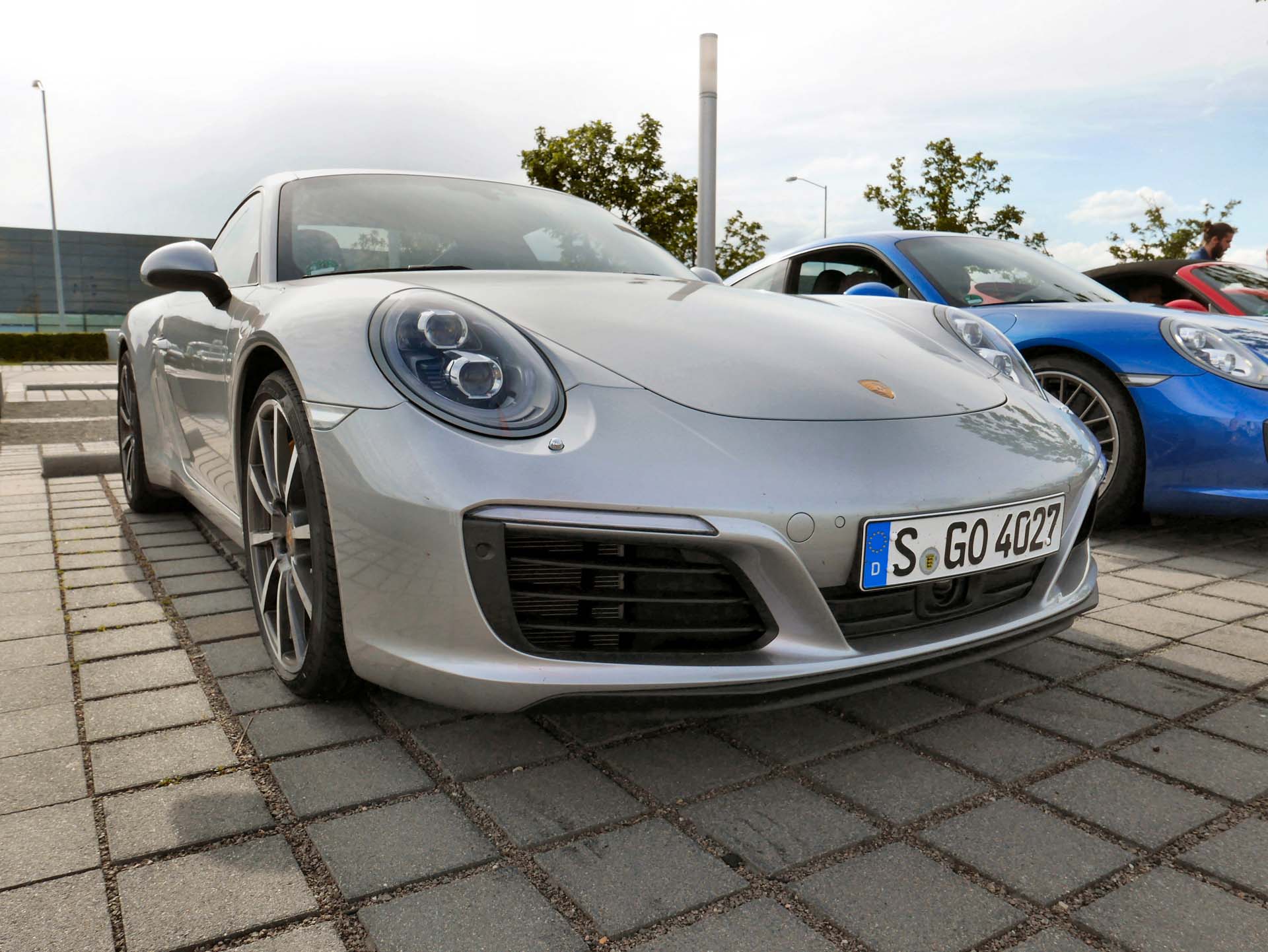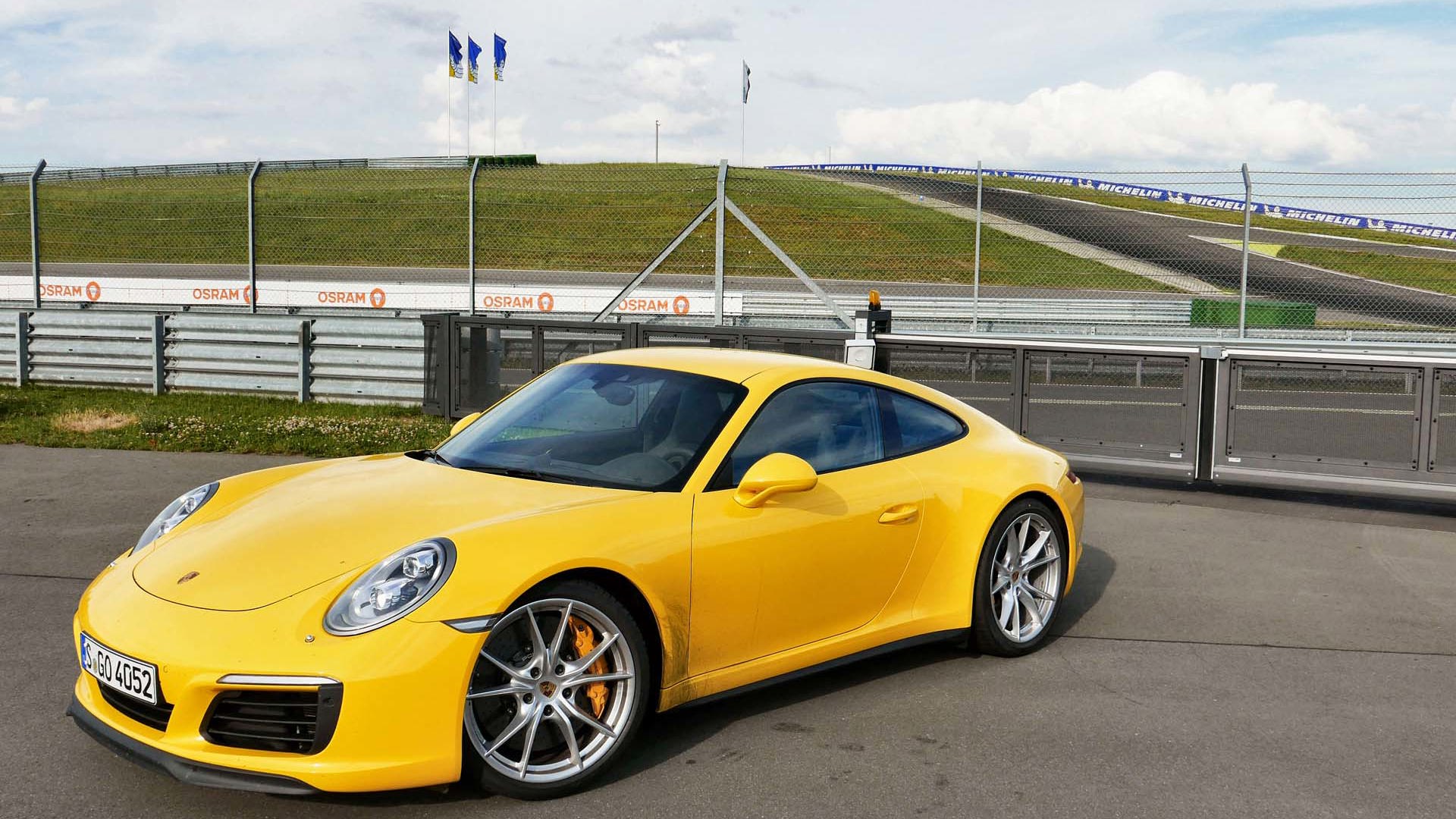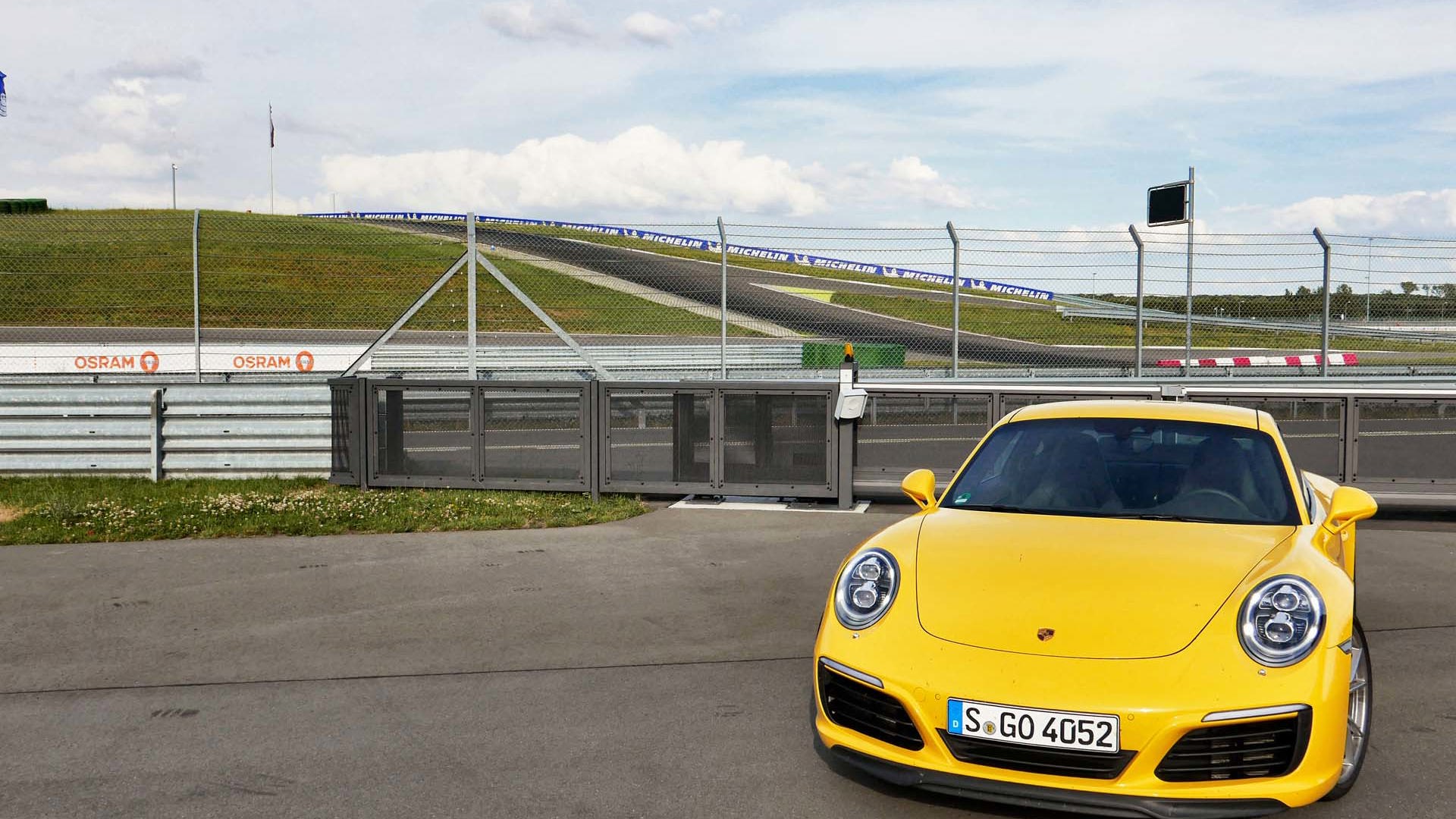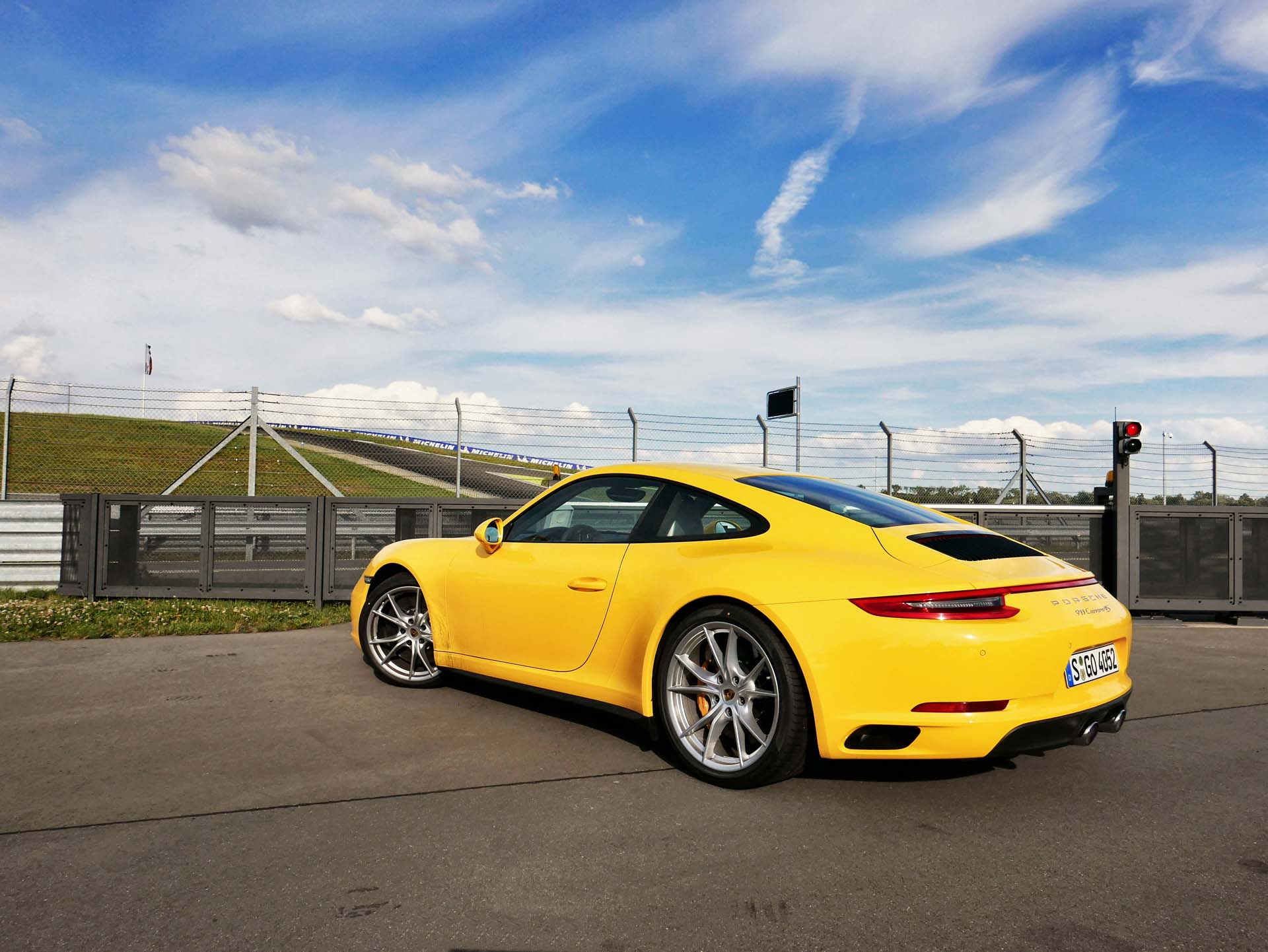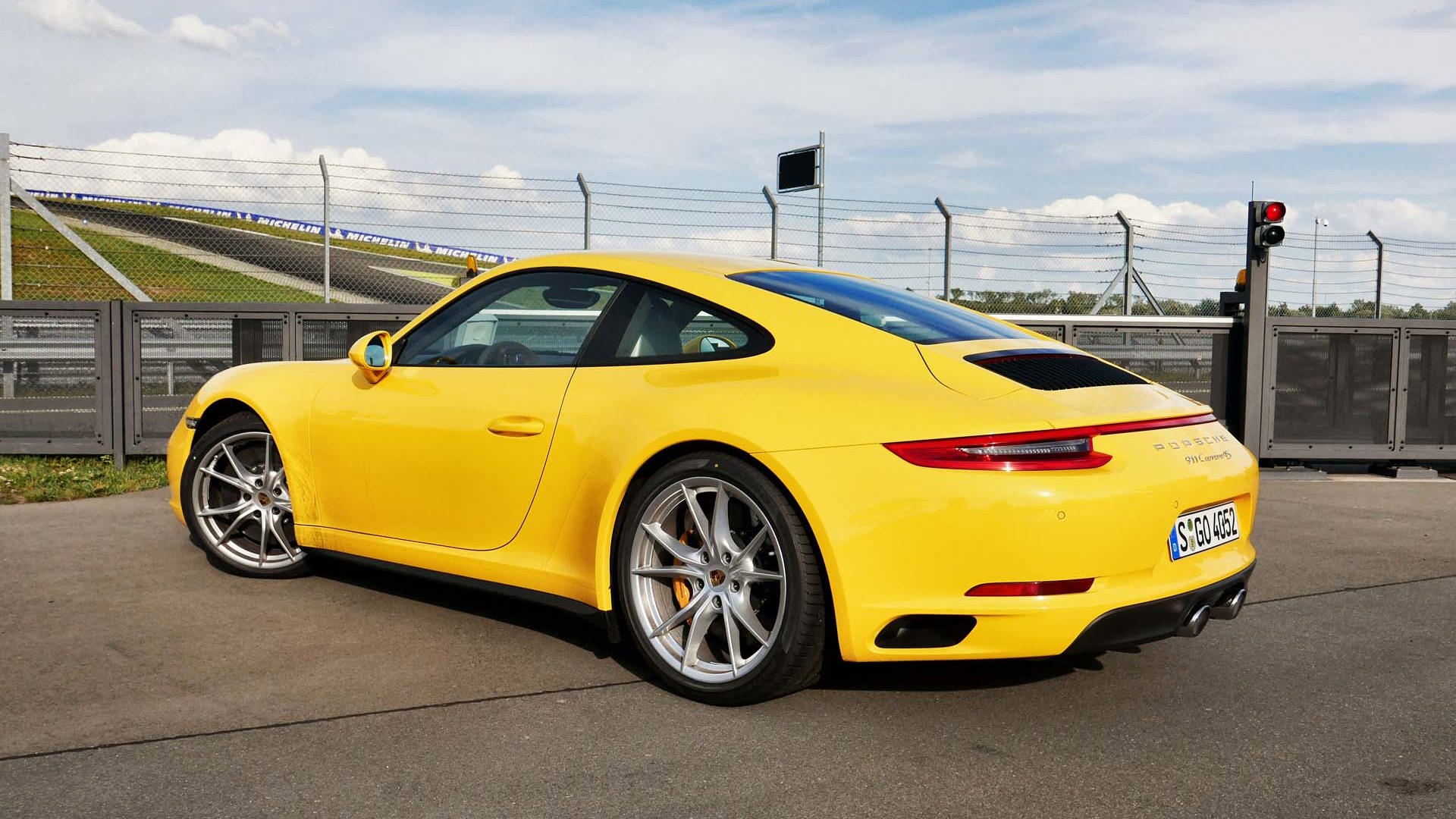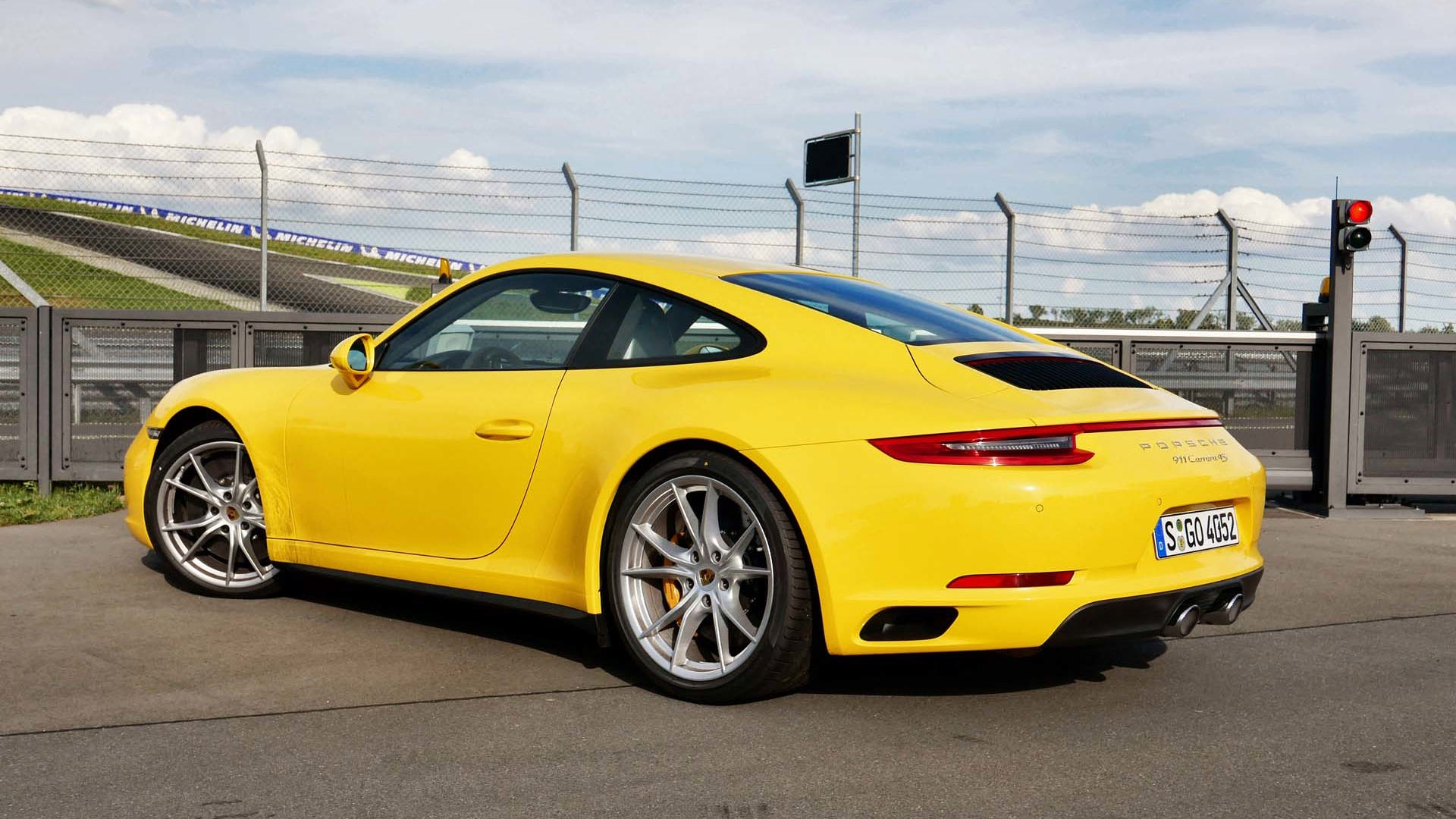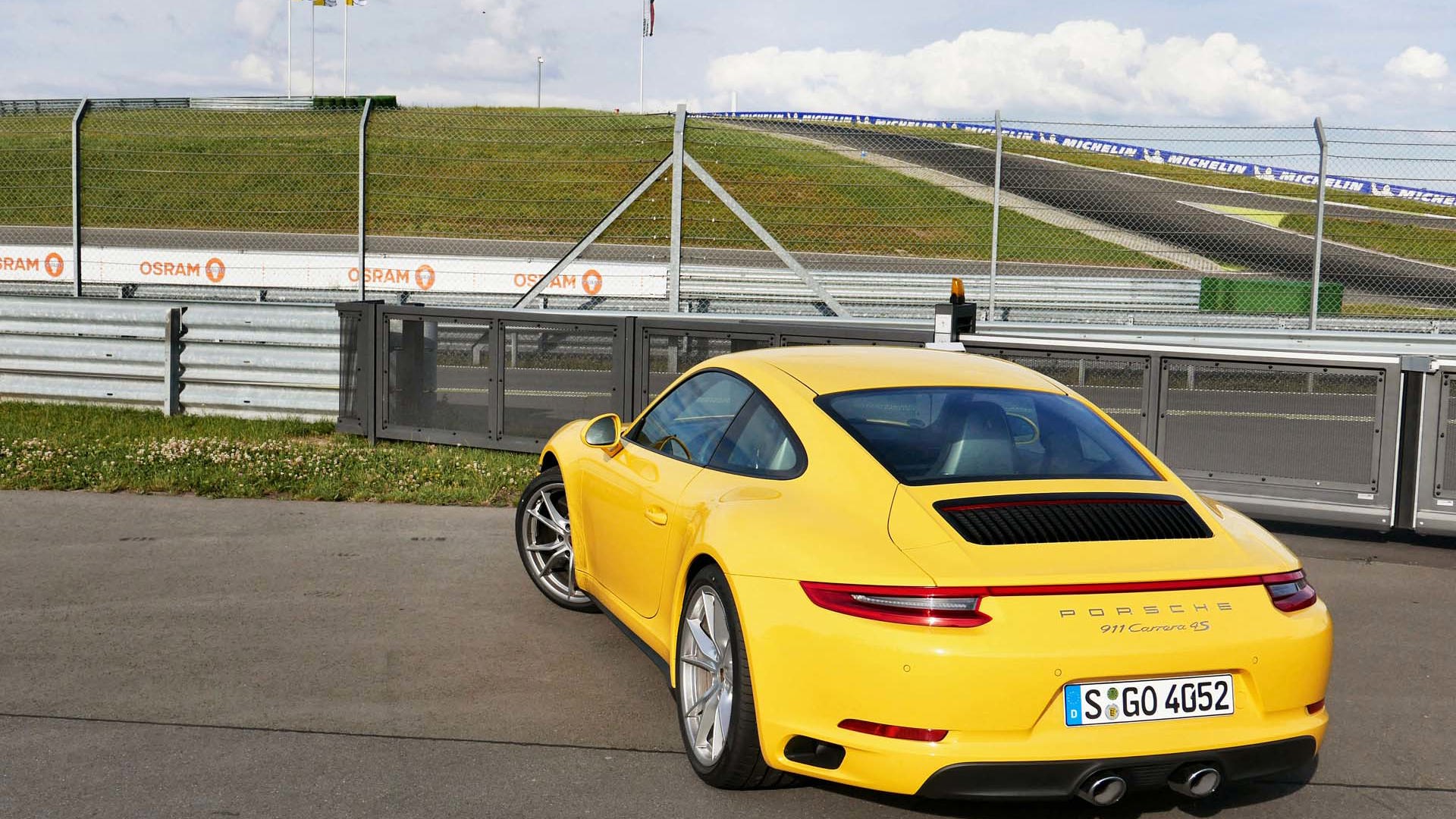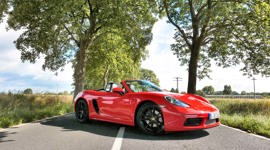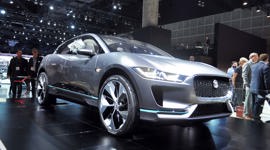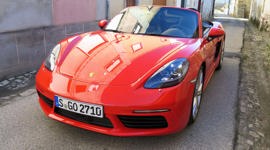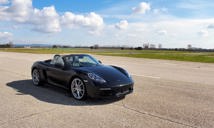2017 has been a heady model year for Porsche, what with two of its modern icons – the Boxster (now known as the Porsche 718 Boxster) and the 2017 Porsche 911 Carrera both swapping out their naturally aspirated engines for brand-new turbocharged units. Here's the thing, though: Porsche isn't advertising that turbo power with a badge on the deck lid, with only the top-tier 911 Turbo and Turbo S featuring the famous go-fast script. Forced induction engines are simply business-as-usual in the automotive industry these days, as companies look to technology to squeeze more power and efficiency out of ever-smaller engines.
This stealth-turbo philosophy is a net win for Porsche buyers, because both the base 911 Carrera and the 718 Boxster gain more grunt compared to the traditional flat-six motors offered the year before. However, there are some key differences between these two starting points to Porsche ownership that need to be taken into account before plunking down a deposit. After driving both these sports cars back to back, we put together this pop quiz to help you decide which 'turbo' Porsche is right for you.
1. Do you need a roof?
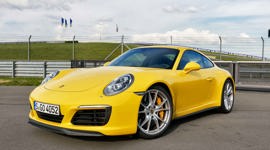
A. Yes
B. No
C. Sort of, but not always
One thing is clear right from the brochure: the 2017 Porsche 718 Boxster is a convertible, and the Porsche 911 Carrera is not. Well, we're forced to add an asterisk to that second point, because technically you CAN get a convertible version of the 911 (the Cabriolet) as well as a sort of, but not always convertible edition (the Targa). Still, you've got to pay quite a bit more than the base price for either of those two 911 variants whereas the 718 Boxster lets you tear the roof off right from the start.
Heading in the other direction, there's also the Porsche 718 Cayman to consider, which is essentially a fixed-roof version of the 718 Boxster. Variety is the spice of the Porsche line-up, with variants out there to satisfy almost everyone.
2. Do you remember the 944 fondly?
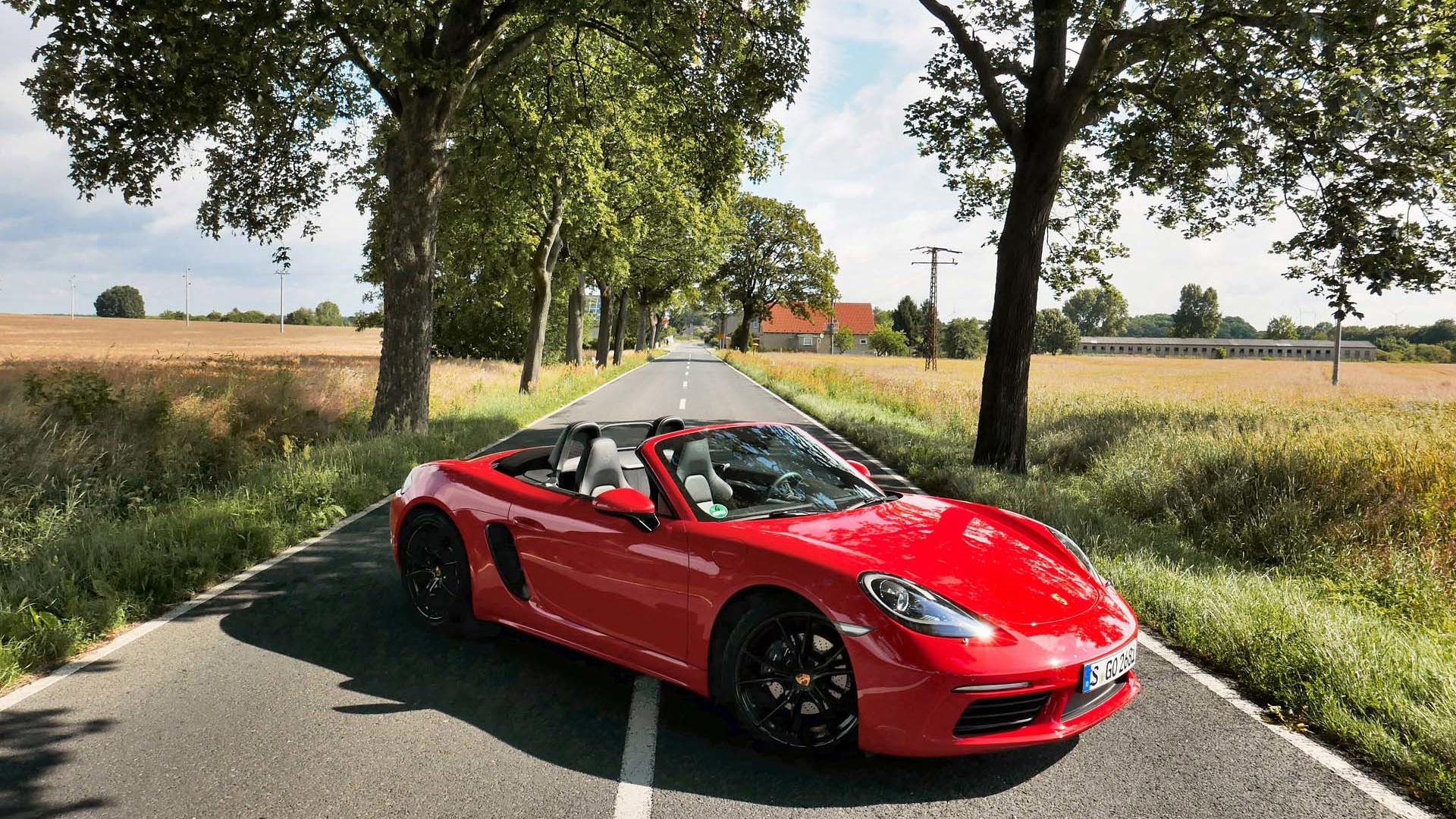
A. Um, what?
B. Yes
C. The 944 was blasphemy!
Despite being one the best-handling cars of its era, the Porsche 944 coupe committed two primary sins in the eyes of brand purists: it had its engine in the front, and it was never offered with a six-cylinder motor on the options sheet. When the similarly-affordable Porsche Boxster was first introduced it skirted these hot-button issues by way of its flat-six motor mounted amidships, giving it reasonable power and absolutely amazing stability and driving dynamics.
For 2017, the Porsche 718 Boxster tempts fate by tapping into the 944's heritage and dropping a pair of cylinders from its total count. The grumbling is mitigated to a great degree by the 300 horsepower and 280 lb-ft of torque put out by its turbocharged 2.0L mill, figures that are considerably better than the 2016 Porsche Boxster with its six-cylinder motor – especially in the torque department with a gain of 74 lb-ft. The 718 Boxster S ups the ante even further with a 2.5L that's boosted to 350 horses and 309 lb-ft of twist.
3. Okay, so the 718 Boxster's got the goods, but will the exhaust note curdle my blood?
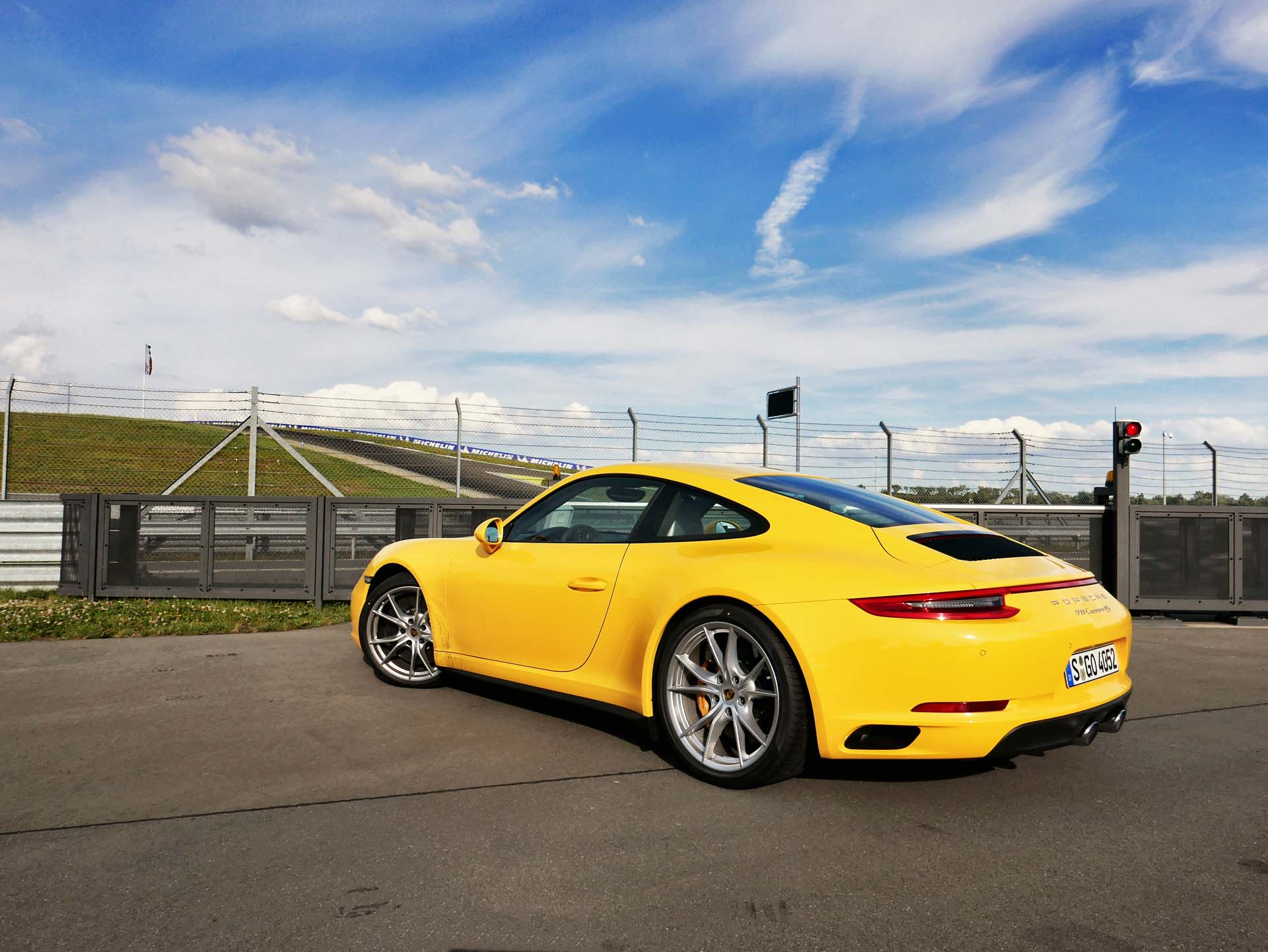
A. No
B. But it's not bad
C. And there's still the 911
Despite its legitimate hi-po bonafides, one thing the new 718 can't reproduce with technological trickery is the wail of the now-departed six-cylinder engine. At low rpm the four-banger sounds great, but at idle the putt-putt is more modest than macho. In fact, it brings to mind a certain air-cooled design from years past, which means if you're a retro fan you might actually cotton to the 718 Boxster's unique tones.
If you'd rather stick with a proven formula, however, then the still-six-cylinder Porsche 911 Carrera is the better option, what with its 3.0L flat motor still singing out back. The twin-snail feeding it air definitely changes the character of the sound, but in combination with the spool-up with the pedal down it's the more sonorous of the two entry-level Porsches.
4. I've heard the 718 Boxster is quick. Like, really quick. Faster-than-Carrera-quick, even.
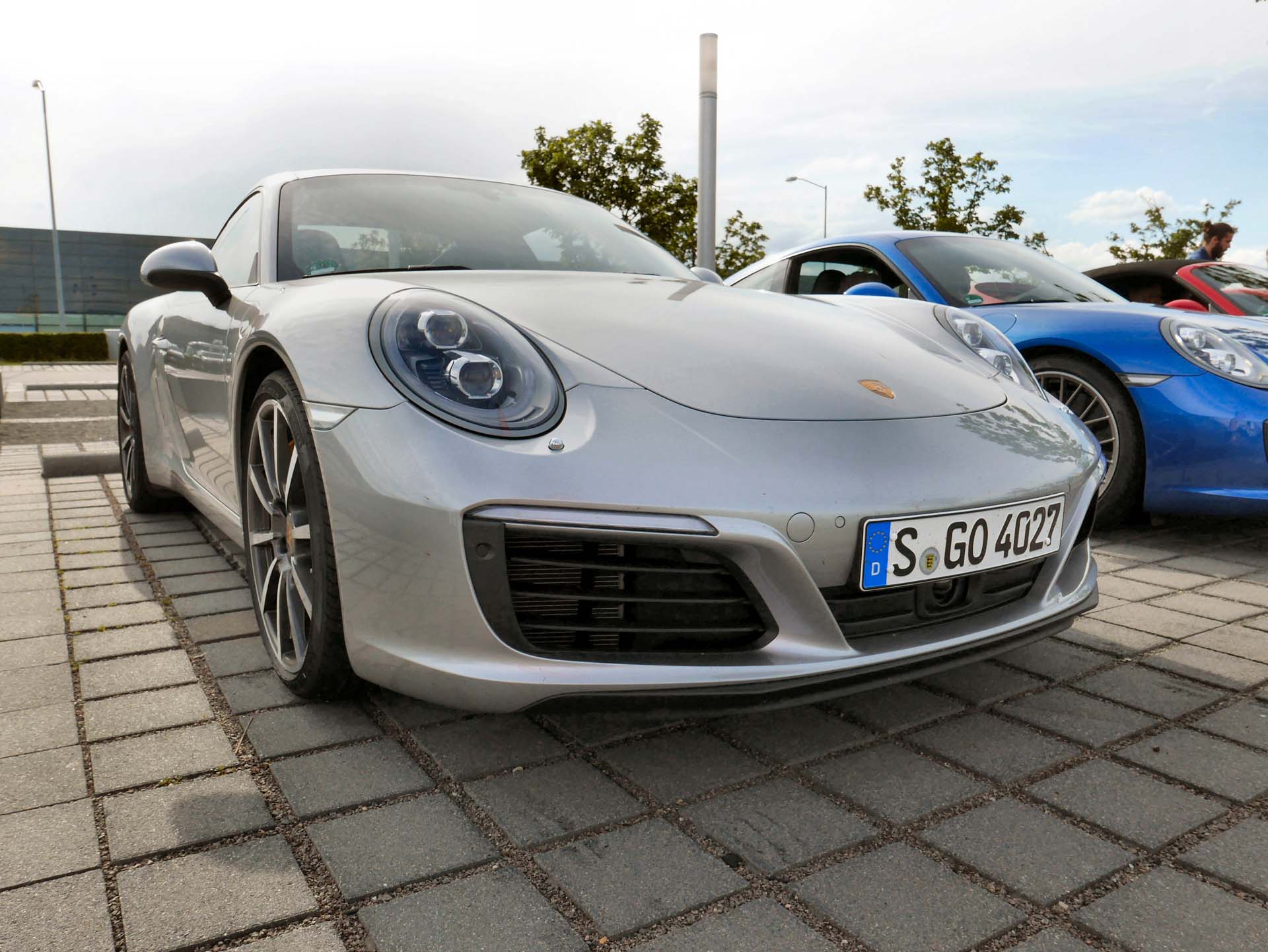
A. It's not faster
B. But it's not 'slower', either
C. If you check the right boxes, that is
The 718 Boxster might have seen a significant upgrade in output for 2017, but it's not the only turbo Porsche with tricks up its sleeve. The new Porsche 911 Carrera's 3.0L flat six pushes out 370 horsepower and 331 lb-ft of torque, a bonus of 20 ponies and 44 lb-ft over the larger 3.4L motor it replaces. Still, the Carrera's turbo doesn't give it as much of a straight-line advantage as one might think, nixing only 0.2 seconds off of the sprint to 100 km/h to check in at 4.2 seconds from a standing start.
On the other hand, the Porsche 718 Boxster, in base form, is nearly a full second quicker in the same measure, with a 4.9 second run to 100 km/h now in the cards if, as with the 911 Carrera, you opt for the seven-speed dual-clutch automated manual transmission over the traditional six-speed manual. Want to get down to 911 territory? Step up to the 718 Boxster S, where you'll pull to within 0.2 seconds of the entry-level Carrera. That's a negligible difference, in our eyes, and it'll keep you alongside all but the much more expensive Carrera S (same engine, 414 horsepower, 3.7 seconds to 100 km/h with the Sport Chrono option installed).
5. Can the 718 Boxster lose the 911 Carrera in the curves?
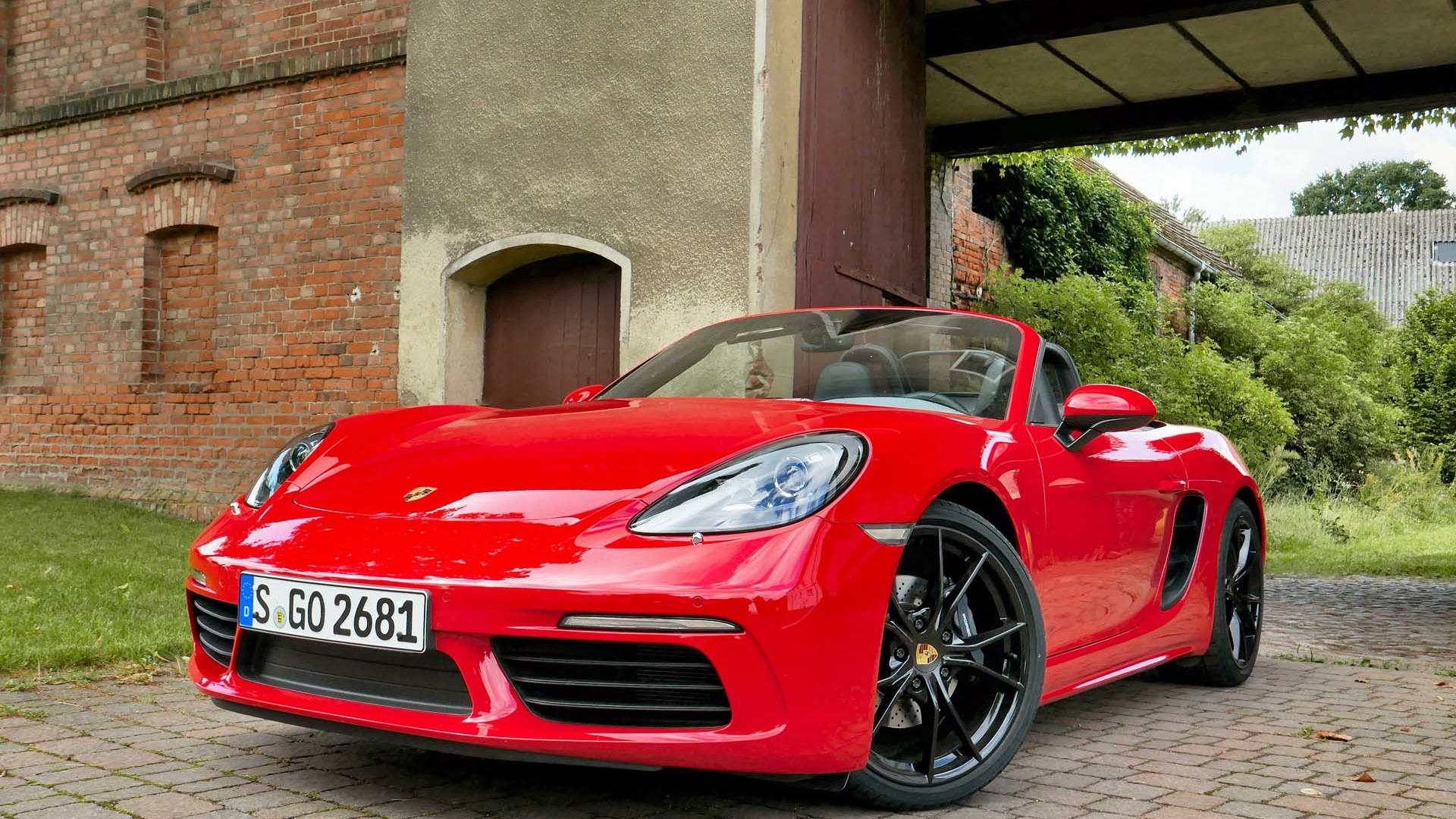
A. Yes
B. Especially if you're not a pro driver
C. Or have a strong self-preservation instinct
Porsche has always worked hard to preserve the supremacy of the 911 as its line-up leading sports car, but it's really hard to fight physics – especially when you consider that the rear-engine Carrera is up against a motor in the 718 Boxster that's snugged directly between the passenger compartment and the rear axle.
In simple terms, the 718 enjoys ideal weight distribution and a chassis that gives it an amazing willingness to pivot around its center of mass without over-committing. You have to work really hard to get the Boxster out of shape in a corner, and then put in a similar amount of sweat to keep it there: the car just wants to track straight and true, which makes it very easy to drive for beginners learning their way around a track.
The 911 Carrera also offers very specific driving dynamics related to its weight distribution, but it takes some getting used to before you can work it to your advantage. For those just starting out, the willingness of the coupe to swing its rear end out of line can be alarming, although the effect is largely mitigated by the excellent electronic driver's aides and ultra-wide track of the car. For experts, being able to plant the rear on corner exit can be an advantage you won't find in any other vehicle.
6. I just checked my bank account, and there's a problem
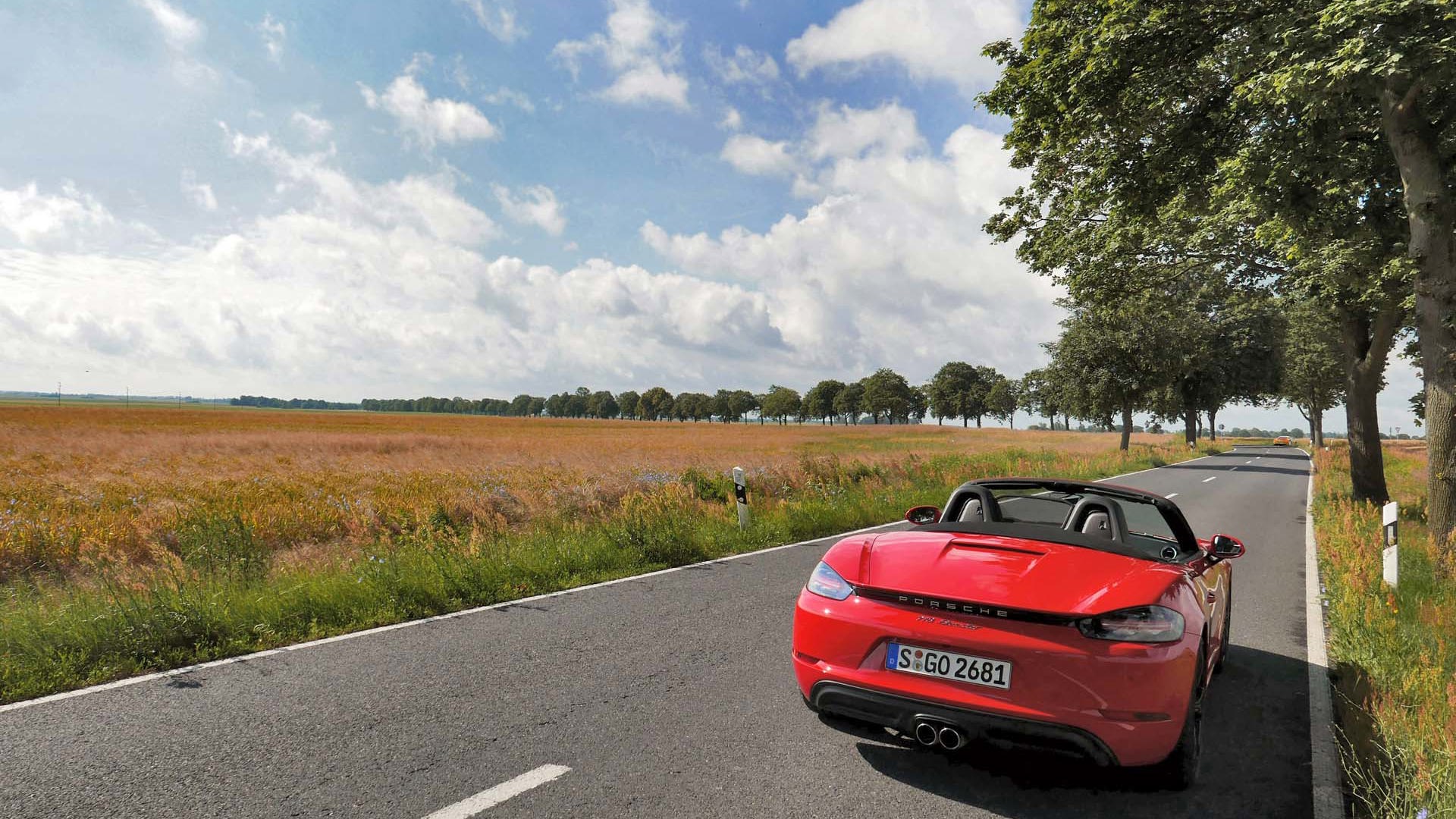
A. Oh, you saw the $40,000 price gap between the two cars, then?
B. You could always sell a kidney
C. Or, you know, just buy the 718
We can't really sugar-coat this last bit, so here it is: the 2017 Porsche 911 Carrera starts at an MSRP of $101,300. That's almost $40,000 more than the entry-level Porsche 718 Boxster (which will set you back $63,900). Considering, too, that very few buyers drive away from the dealership in a no-option Porsche, each of these cars will actually run you a fair bit more than their initial window stickers would suggest.
If you're averse to a six-figure sports car, then the 718 Boxster is the clear choice. In fact, even if you've got your heart set on a 911 Carrera, give the Boxster a drive first, or the mechanically identical (and slightly less expensive) 718 Cayman coupe. You might be surprised by how much you enjoy the more affordable of these two turbo Porsches and end up saving a whole lot of money without giving up much in terms of real-world performance.
